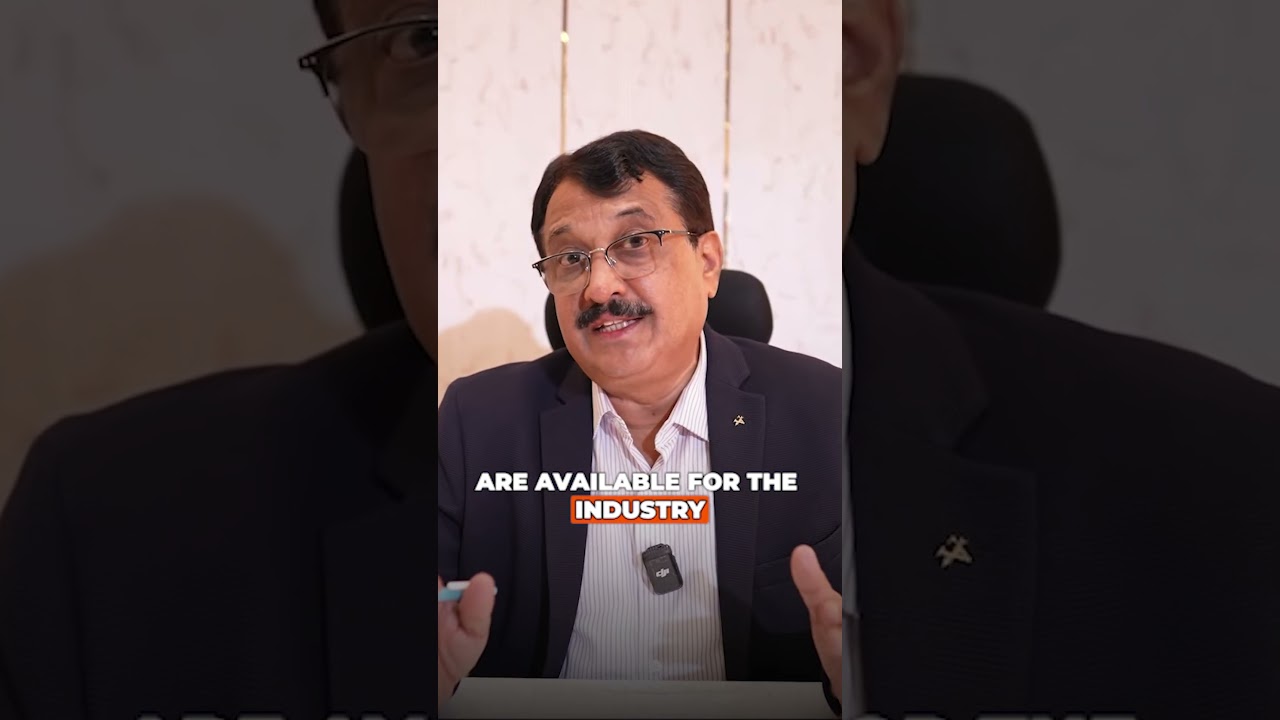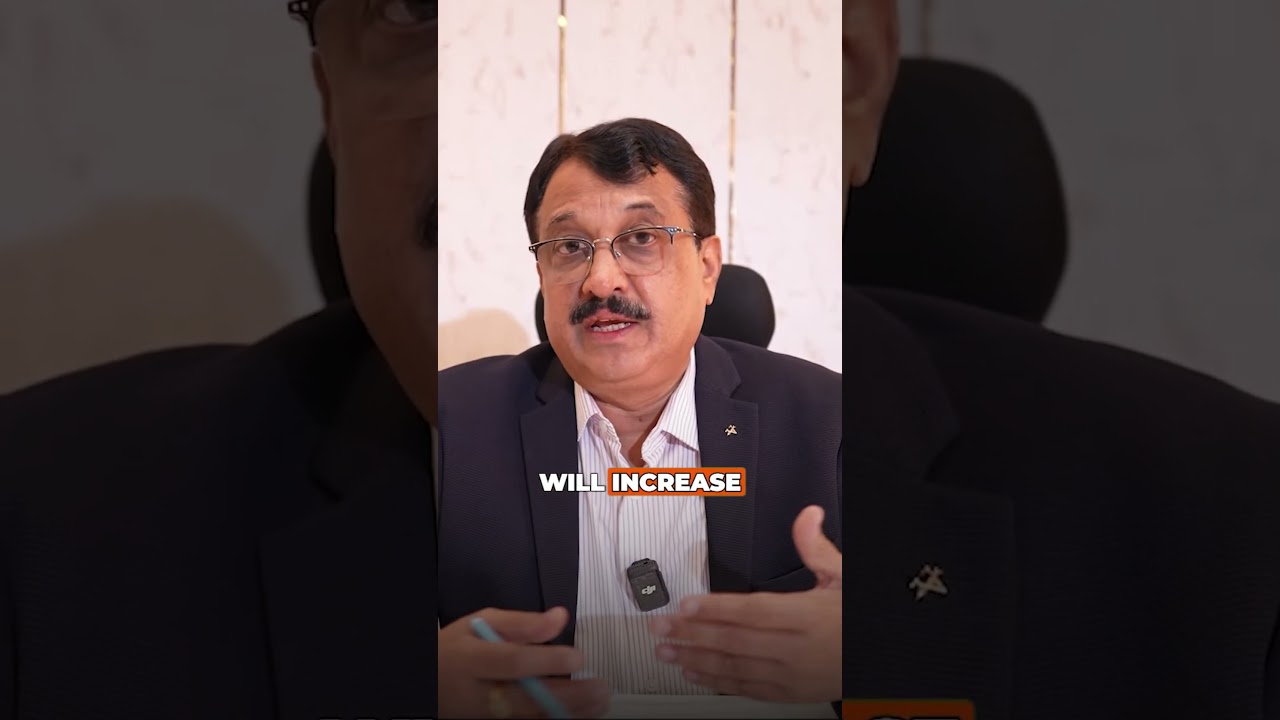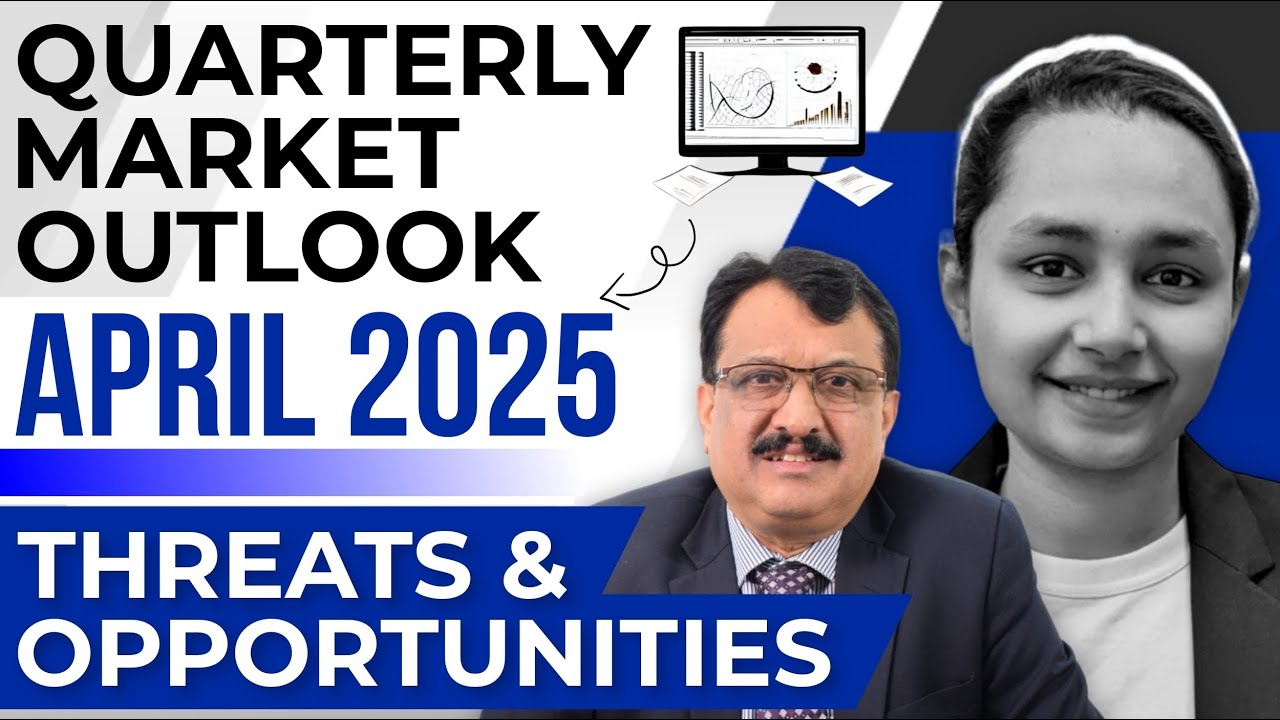Why Retiring at 40 May Not Be the Dream It Seems
You’ve probably heard about the FIRE movement — Financial Independence, Retire Early — a trendy idea gaining ground especially among young professionals aged 25 to 45. On paper, it sounds like a dream: save aggressively, invest smartly, and quit working by 40. But what if we told you this dream has some serious cracks?
At NRI Money Clinic, we’re here to walk you through the facts, not fads. Let’s decode the truth behind the FIRE movement and why it may not be the golden path it’s made out to be.
What is the FIRE Movement?
FIRE encourages people to save an extreme portion of their income — sometimes up to 70% — to retire decades before the conventional age of 60. The idea? Live frugally now and live free later.
Sounds exciting, right? But…
Why the FIRE Movement May Fail You
1. It’s a Business, Not a Lifestyle Strategy
The only consistent winners of the FIRE movement? Not the followers — but fintech companies, YouTubers, mutual fund sellers, and financial influencers. They profit from your savings, subscriptions, and trust. For you, the story may not end so well.
2. Life Is Evolutionary, Not Revolutionary
We didn’t start walking or talking in a day. Similarly, building wealth and financial freedom takes decades, not dramatic shortcuts. Trying to fast-forward your financial journey can lead to missed life experiences, burnout, or worse — financial instability.
3. Most People Can’t Afford to Over-Save in Their Youth
If you’re in your 20s or 30s, chances are you’re still building your career. Salaries are modest. You’re starting a family, buying your first home, or paying off loans. Saving excessively during this stage can create guilt, stress, and family conflicts — all for a goal that may not even materialize.
4. Cravings & Conflicts Are Real
Skipping social outings, travel, family events, or even a simple ice cream just to save a few extra bucks? Over time, this creates resentment — in you and your loved ones. Your spouse and children might not be thrilled about a lifestyle that feels like constant sacrifice.
Common Sense vs. Social Media Myths
Think about it. If retiring at 40 was so doable for everyone, wouldn’t most people be doing it? In reality, true financial independence is rare and often comes from:
Inheritance
Windfalls
Right timing (think tech founders)
Or sheer luck
The rest of us? We build wealth the old-school way — through time, patience, and consistent saving.
Why Retiring at 60 Makes Sense
Retiring around 60 works because:
You’ve usually finished major financial responsibilities (children’s education, home loans, etc.)
You’ve built a reliable income base and investments
You’re slowing down physically and mentally — and are ready for a relaxed life
You’ve had a chance to enjoy life without over-restriction
In contrast, retiring at 40 means you’ll have to stretch your savings for 40 to 50 years! That’s nearly impossible without massive risk to your wealth.
What You Should Do Instead
✅ Save Smartly, Not Excessively
Start small. Build an emergency fund. Contribute consistently to your retirement accounts.
✅ Focus on Growth, Not Just Cutting Costs
Improve your skills. Earn more. Get promoted. Switch jobs if needed.
✅ Enjoy the Journey
Your 20s and 30s are for memories, experiences, and family. Don’t trade joy today for a promise of rest that may never come.
✅ Let Time Be Your Ally
Most people become truly wealthy after age 45 — not by retiring early, but by staying the course.
Final Word from NRI Money Clinic
Financial freedom is a marathon, not a sprint. Be skeptical of anyone selling you shortcuts to success. Take the natural, evolutionary route to wealth — save regularly, live reasonably, and let time compound your efforts.
Instead of FIRE, aim for WARM:
Wealth
Accumulated
Responsibly over
Many years
Now that’s a movement worth following.
Think this gave you clarity? Share it with your friends and family who are chasing FIRE without knowing the risks. And don’t forget to follow NRI Money Clinic on social media — your trusted guide to a happier, wealthier life.











